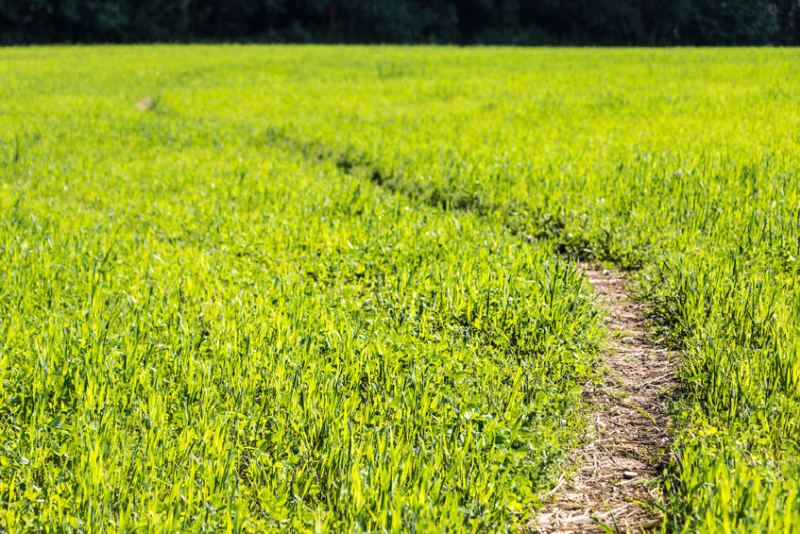
Farmers have been warned to keep on the look out for 'fake footpaths' after a farm worker came across a network of unofficial paths.
The National Farmers' Union (NFU) has urged farmers to check online apps for the fake footpaths after a network of them were discovered covering farmland near Peterborough.
Farmer Zoo Mee of Lyveden Farm, Nassington, Northamptonshire discovered fake footpaths on a map app. The paths depicted new routes for walkers alongside the farm’s existing rights of way.
After contacting mapping app producers, she believes walkers may have added their own routes for people to use, without distinguishing them from the legally-established footpaths.
“I can’t believe that people can just add routes across your land like this,” she said. She is also concerned about the potential harm to the wildlife and environment if walkers trespass on field margins and other land managed under environmental schemes.
“Farmers should check to see if footpaths have been added. It is possible to get them removed by contacting the companies that provide the maps online for other mobile apps to use,” she told the NFU.
Raising awareness
NFU Access Adviser Martin Rogers said the union was talking to a number of organisations that produce maps on mobile apps, to raise awareness of the importance of accurately portraying the right of way network.
“Checking online apps, and getting in contact with their owners, are important steps when you believe there are errors on their system,” he said.
“If you do discover that routes have erroneously been added to mobile apps, it is important to make it clear that you do not intend to dedicate these routes as legal rights of way."
NFU Access Adviser Martin Rogers said that in England and Wales the ‘definitive map’ is the official legal record of all rights of way in existence. Local authorities have a duty to keep this up to date.
Routes can be added to the definitive map after 20 years ‘uninterrupted’ continuous use, and once a route is added to the definitive map it is very difficult for it to be removed.
Signs
Mr Rogers said: “The most important action landowners can take is to deposit a map and statement to their local council, under 31(6) of the Highways Act, showing which rights of way they accept are on their land, and stating that they do not intend to dedicate any new rights of way.”
Mr Rogers said that signs could be placed at obvious locations along any fake footpath, such as gates, making it clear that there was no public right of way over the route.
Access could also be prevented by using locking gates or installing barriers. However, it was important not to obstruct legal rights of way or other rights of access.
